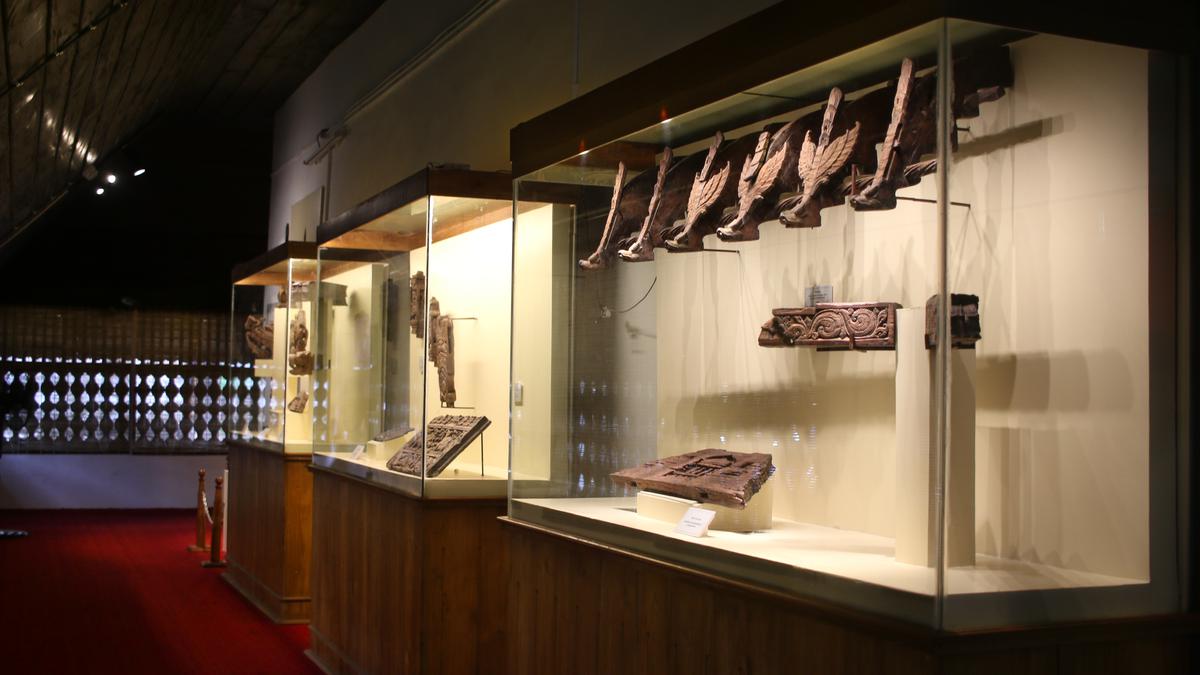
Kerala’s museums are undergoing a sea change, from storehouses to story-tellers
The Hindu
Kerala is transforming its museums to be more communicative spaces, decolonised and theme-based, with local connections taking centrestage. The Interactive Museum of Cultural History of Kerala (IMCK) is overseeing the revamp, with the aim of making the State a hub of museums. IMCK is ideating, curating and presenting museums, incorporating global trends, with the help of a panel of 84 people from different sectors. Training and jobs remain challenges for those specialising in museology, but projects such as IMCK could help address the situation. Kerala is inspiring the present to save stories of the past to be told to the future.
Since 2011, a change that resonates with the advances in museology the world over has come about in the way museums are curated in Kerala.
Globally, there is an effort to decolonise museums, to make the display spaces indigenous and theme-based, and to show slices of life both ancient and current. An example of this is the revamp of the 150-year-old childhood museum in UK—it is being advised not by experts but by children, whose ideas are shaping the way the space is being transformed. Closer home in Amritsar, the Partition Museum narrates the desperation of those who experienced one of the biggest catastrophes India had to face.
The theme on which museums are being shaped are also varied. The Museum of Broken Relationships in Croatia, which won the 2011 Kenneth Hudson Award for Europe’s most innovative museum, is where personal objects of former lovers are displayed as reminders of emotions associated with relationships. The culinary arts museum in Manipal is another marvel where artefacts used in kitchens from the 18th and 19th centuries onwards tell stories of the rich art that is the food craft of the region.
Till recently, Kerala’s museums hardly reflected the gripping evolutionary story of the State. They were mere storehouses where artefacts were randomly arranged for visitors to casually stray into as part of their larger tour of the region. The museums did not have much of a connect with the people who came to revisit their own past.
Now, massive strides are being taken to change the way museums are conceived and presented in the State. Local connections take centrestage in this movement, which experts say is sure to make Kerala a hub of museums.
A pioneer in this movement is Dr. V. Venu, now the Chief Secretary of Kerala and earlier the Tourism Director, and known famously as the museum man for his passion to create spaces that tell stories of the past.
His stint in the departments associated with museums and heritage, both in the State and at the Centre, aided his understanding of museums as celebration of life events rather than mere inherited spaces to display the past. He says the moves happening in the State is to transform museums as zones that will challenge one to think differently. For example, migration has shaped Kerala since when traders stopped here for exchange of goods and culture centuries ago, to the 1950s when people from the plains journeyed to the high ranges to turn the tough terrain into profit-yielding spice fields, and when job hunters crossed over in dhows to the Gulf regions. “Is there a single place where these migrations are spoken about?” Dr. Venu asks.













